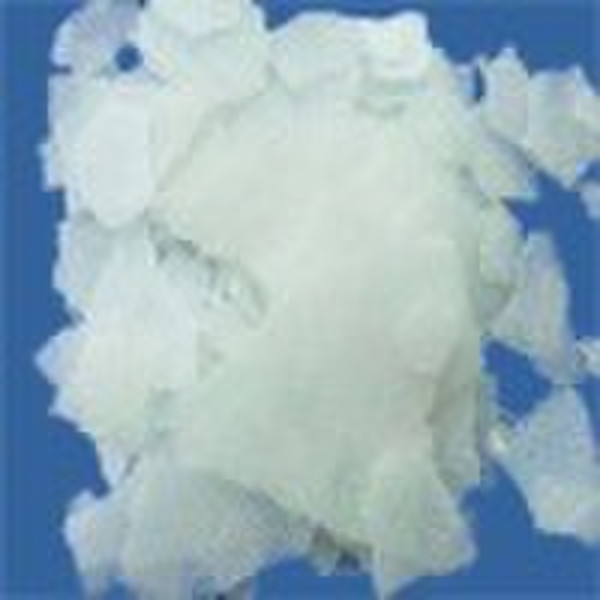Catalog
-
Catalog
- Agriculture
- Apparel
- Automobiles & Motorcycles
- Beauty & Personal Care
- Business Services
- Chemicals
- Construction & Real Estate
- Consumer Electronics
- Electrical Equipment & Supplies
- Electronic Components & Supplies
- Energy
- Environment
- Excess Inventory
- Fashion Accessories
- Food & Beverage
- Furniture
- Gifts & Crafts
- Hardware
- Health & Medical
- Home & Garden
- Home Appliances
- Lights & Lighting
- Luggage, Bags & Cases
- Machinery, Hardware & Tools
- Measurement & Analysis Instruments
- Mechanical Parts & Fabrication Services
- Minerals & Metallurgy
- Office & School Supplies
- Packaging & Printing
- Rubber & Plastics
- Security & Protection
- Service Equipment
- Shoes & Accessories
- Sports & Entertainment
- Telecommunications
- Textiles & Leather Products
- Timepieces, Jewelry, Eyewear
- Tools
- Toys & Hobbies
- Transportation
Filters
Search
Factory sales of food grade sodium hydroxide
original price: 300,00 USD
Guangzhou, China
Production capacity:
10000 Ton / Month

Edward Sun
Contact person
Basic Information
| CAS No. | 1310-73-2 |
|---|---|
| Other Names | caustic soda; caustic alkali; soli... |
| MF | NaOH |
| EINECS No. | 215-185-5 |
| Place of Origin | China (Mainland) |
| Grade Standard | Food Grade |
| Purity | 96% |
| Appearance | white translucent flakes |
| Application | Widely used in papermaking |
| Brand Name | Singlong |
| Model Number | Flake |
| Classification | Caustic Soda |
Features Sodium hydroxideis a basic chemical raw materials, the appearance of white flakes and transparent solid. Strong corrosive, water absorption, can be used as desiccant, however, can not dry and sulfur dioxide, carbon dioxide, nitrogen dioxide and hydrogen chloride and other acid gases. Soluble in water, and strongly exothermic. And soluble in ethanol and glycerol; insoluble in acetone, ether. Exposed on the air, the final will be completely dissolved into solution. Use Widely used in papermaking, synthetic detergent and soap, adhesive fiber, artificial silk and cotton fabrics and other textile industries, pesticides, dyes, rubber and chemical industry, oil drilling, refining oil and refined petroleum tar oil industry, and defense industry, mechanical industry, wood processing, metallurgical industry, pharmaceutical industry and urban construction and so on. Also used in the manufacture of chemicals, paper, soap and detergents, rayon and cellophane, processing bauxite alumina system, also used in textiles, silk Department, and water treatment. Environmental Impact First, health risks Pathways: inhalation, ingestion. Health hazards: This product has a strong stimulus and corrosive. Dust or fumes may irritate the eye and respiratory tract, nasal septum erosion; skin and eyes and direct contact with NaOH will cause burns; wrongly can cause digestive tract burns, mucosal erosion, hemorrhage and shock. Two, toxicology information and environmental behavior Hazardous characteristics: This product does not burn a lot of heat and water vapor with water to form a corrosive solution. The occurrence and reaction with acid and heat. Has a strong corrosive. Combustion (decomposition) products: Toxic fumes may be harmful. Emergency treatment and disposal methods 1, leakage contingency Isolation leakage polluted area, located around the warning signs, the proposed emergency personnel wearing gas masks, wearing chemical protective clothing. Do not direct contact with the spill, with clean shovel collection in a dry clean covered container to a small amount of NaOH added a lot of water, adjusted to neutral, then into the wastewater system. Can also use plenty of water, diluted washing into the water system. If a large number of leaks, recycling or collection of sound waste treatment NaOH bagged goods. 2, protective measures Respiratory protection: wear respirator when necessary. Eye protection: Wear chemical safety glasses. Protective clothing: wearing overalls (anti-corrosion materials). Hand protection: wear rubber gloves. Other: work, take a shower. Attention to personal hygiene. 3, first-aid measures Skin contact: rinse immediately with plenty of water, then coated with 3% -5% of the boric acid solution. Eye contact: immediately filed eyelid, mobile or saline irrigation water with at least 15 minutes. Or rinse with 3% boric acid solution. Medical treatment. Inhalation: rapidly from the scene to fresh air. When necessary, artificial respiration. Medical treatment. Ingestion: rinse immediately clear in patients with oral diluted vinegar or lemon juice to seek medical treatment. Fire fighting methods: mist of water, sand. Storage and Transportation Package Three commonly used sodium hydroxide 25kg woven bag, inner and outer plastic woven bag, the middle layer of the plastic lining bags. Caustic was "dangerous chemicals commonly used in the classification and signs (GB 13690-92)" designated as the first class of basic corrosion products of 8.2, an 8 dangerous goods IMDG code: 1823. Should be kept in ventilated, dry warehouse or cargo shed. Containers to complete seal. Shall not store flammable and acid were mixed operation. During transport should pay attention to moisture, rain.
Delivery terms and packaging
Packaging Detail: Plastic woven bag, net weight 25kg. Delivery Detail: One week
Port: Guangzhou Huangpu Port in China
-
Payment Methods
We accept:









